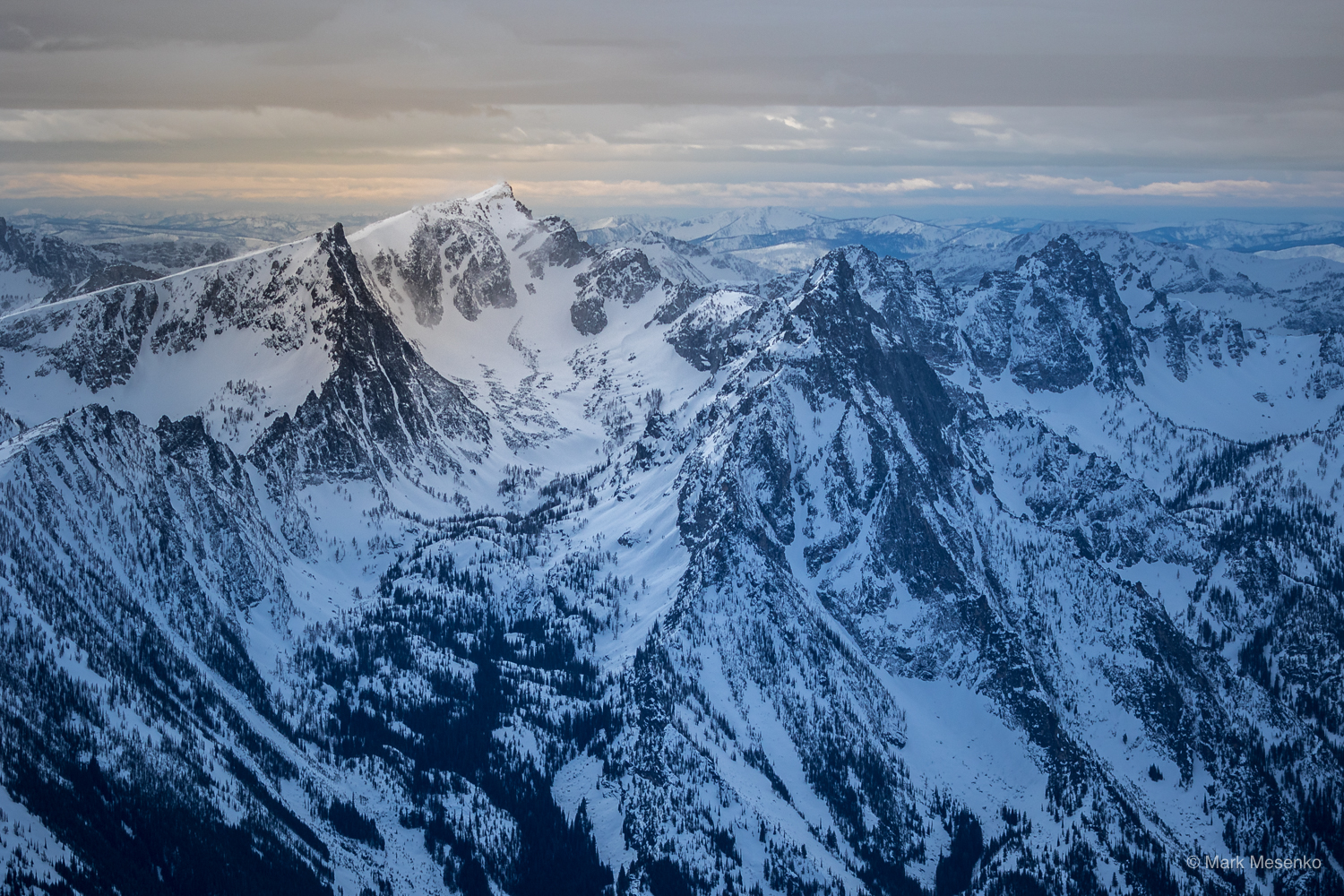What Does "Treasure State" Mean?
Montana, often referred to as "The Treasure State," earned this evocative nickname due to its immense wealth of natural resources, particularly its rich mineral reserves that have played a pivotal role in its history and development. The story of this nickname is deeply intertwined with the dramatic era of westward expansion, lawlessness, and the allure of gold and silver that drew prospectors and settlers to its rugged landscapes. Learn more about this era in the Story of the Montana Vigilantes.
The origins of "The Treasure State" moniker can be traced back to the mid-1800s, a period marked by significant mineral discoveries across the mountainous regions of what would eventually become Montana. The first substantial gold strikes occurred in the early 1860s, igniting a rush of fortune-seekers to areas like Bannack, Virginia City, and Helena. These discoveries were not isolated incidents but rather the beginning of a sustained period of mining activity that would unearth vast quantities of gold, silver, copper, lead, zinc, manganese, and coal. The sheer abundance and variety of these mineral deposits solidified Montana's reputation as a land of hidden riches, a veritable treasure chest waiting to be unlocked.
The state's motto, "Oro y Plata," which is Spanish for "Gold and Silver," further underscores the historical significance of these precious metals to Montana's identity and economy. This motto, adopted in 1865, even before Montana officially became a state in 1889, reflects the profound impact that mining had on the territory's early growth and character. Towns grew rapidly around mining operations, and the wealth extracted from the earth fueled the development of infrastructure, commerce, and communities.
Beyond gold and silver, Montana's geological bounty extends to other valuable resources. The state is also known for its sapphires, particularly the Yogo sapphire, which is prized for its unique cornflower blue color and exceptional clarity. These gemstones add another layer to the "treasure" aspect of Montana's nickname, highlighting not just its industrial minerals but also its precious and semi-precious stones. Learn more about Montana's fascinating geological history and how it shaped the state's mineral wealth.
While the initial boom centered on precious metals, the discovery and exploitation of copper, especially in the Butte area, proved to be of even greater long-term economic significance. Butte, known as "The Richest Hill on Earth", became a global center for copper production, powering the electrical revolution of the late 19th and early 20th centuries. The immense wealth generated from copper mining further cemented Montana's status as "The Treasure State," a place where the earth yielded fortunes that shaped not only the state's destiny but also contributed significantly to the industrial development of the nation.
In essence, "The Treasure State" is more than just a catchy phrase; it is a testament to Montana's extraordinary geological heritage and the profound impact of its mineral wealth on its history, culture, and economy. It speaks to a legacy of exploration, discovery, and the enduring allure of the treasures hidden within its majestic mountains and expansive plains.
